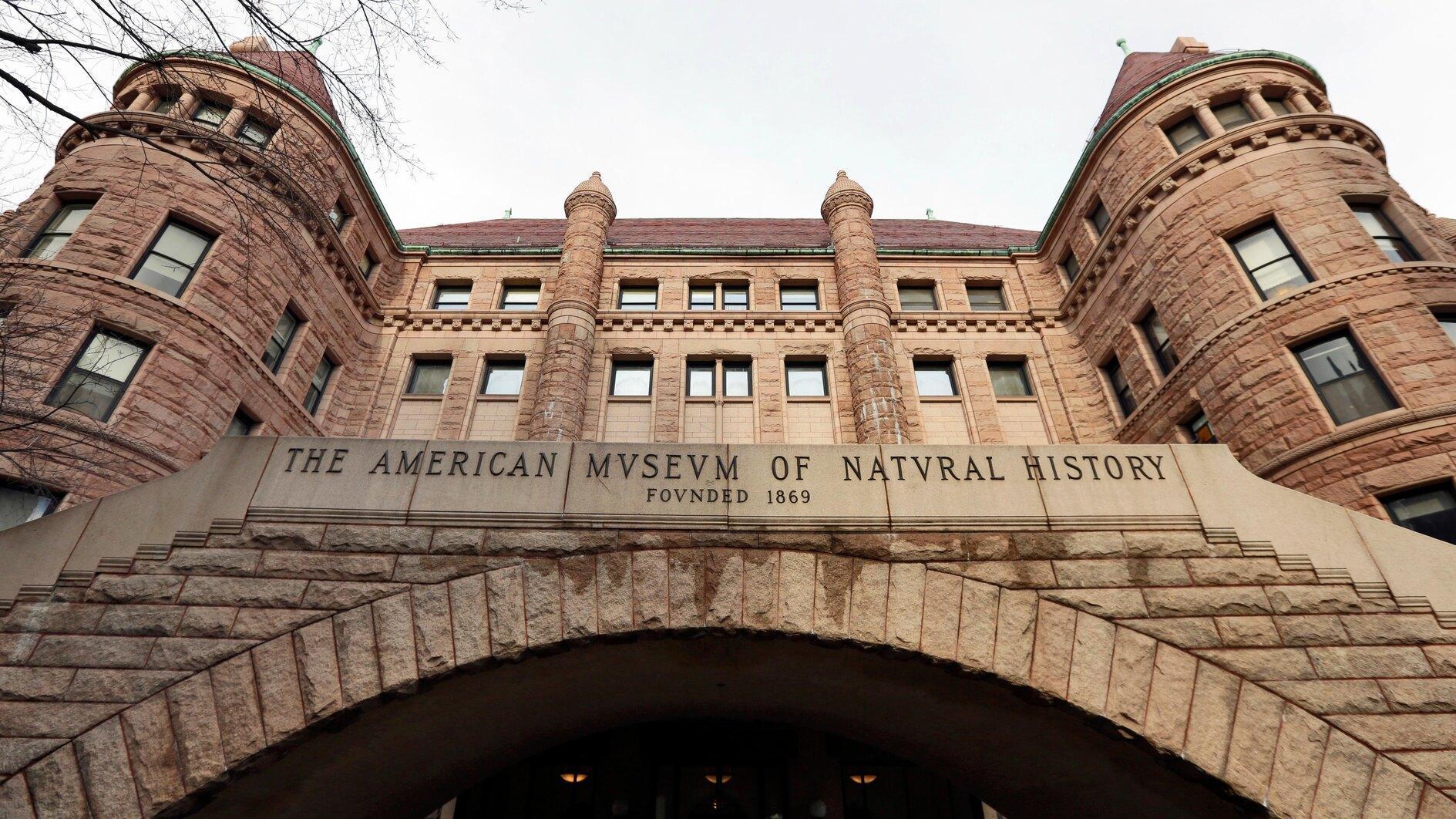NY museum closes Native American halls
NEW YORK

New York’s American Museum of Natural History closed two halls featuring Native American objects starting on Jan. 27 acknowledging the exhibits are “severely outdated” and contain culturally sensitive items.
The mammoth complex across from Central Park on Manhattan’s Upper West Side is the latest U.S. institution to cover up or remove Native American exhibits to comply with recently revamped federal regulations dealing with the display of Indigenous human remains and cultural items.
The museum said in October that it would pull all human remains from public display, with the aim of eventually repatriating as much as it could to Native American tribes and other rightful owners.
Sean Decatur, the museum's president, said in a letter to staff Friday that the latest move reflects the “growing urgency” among museums to change their relationships with tribes and how they exhibit Indigenous cultures.
“The halls we are closing are vestiges of an era when museums such as ours did not respect the values, perspectives, and indeed shared humanity of Indigenous peoples,” he wrote. “Actions that may feel sudden to some may seem long overdue to others.”
Earlier this month, Chicago’s Field Museum covered several displays containing Native American items. Harvard University’s Peabody Museum of Archaeology and Ethnology has said it would remove all Native American funerary items from its exhibits. The Cleveland Museum of Art is another institution that has taken similar steps.
Shannon O’Loughlin, head of the Association on American Indian Affairs, a national group that has long called for museums to comply with the federal requirements, welcomed such developments but said the true test is what ultimately becomes of the removed items.
“Covering displays or taking things down isn’t the goal,” she said. “It’s about repatriation - returning objects back to tribes. So this is just one part of a much bigger process.”
Todd Mesek, a Cleveland Museum of Art spokesperson, said the institution is consulting with Native American groups to secure their consent to display certain items as well as reviewing archival records to determine if there is already some agreement on record.
Jason Newton, a Harvard spokesperson, said the Peabody is committed to returning all ancestral remains and funerary items and has more than doubled the number of staffers working toward that end in recent months. The museum also announced this month that it would cover the expenses of tribal members traveling to campus as part of the repatriation process.
The revised regulations released in December by the U.S. Department of the Interior are related to the Native American Graves Protection and Repatriation Act of 1990. The changes include expanded requirements for consulting with and receiving tribes' consent to exhibit and conduct research on Indigenous artifacts, including human remains and funerary, sacred and cultural objects.
Native American groups have long complained that museums, colleges and other institutions dragged out the process of returning hundreds of thousands of culturally significant items.
“The only exception to repatriation is if a museum or institution can prove they received consent at the time the item was taken,” O’Loughlin said. “But most institutions can’t do that, of course, because these items and bodies were usually taken through violence, theft and looting.”
















